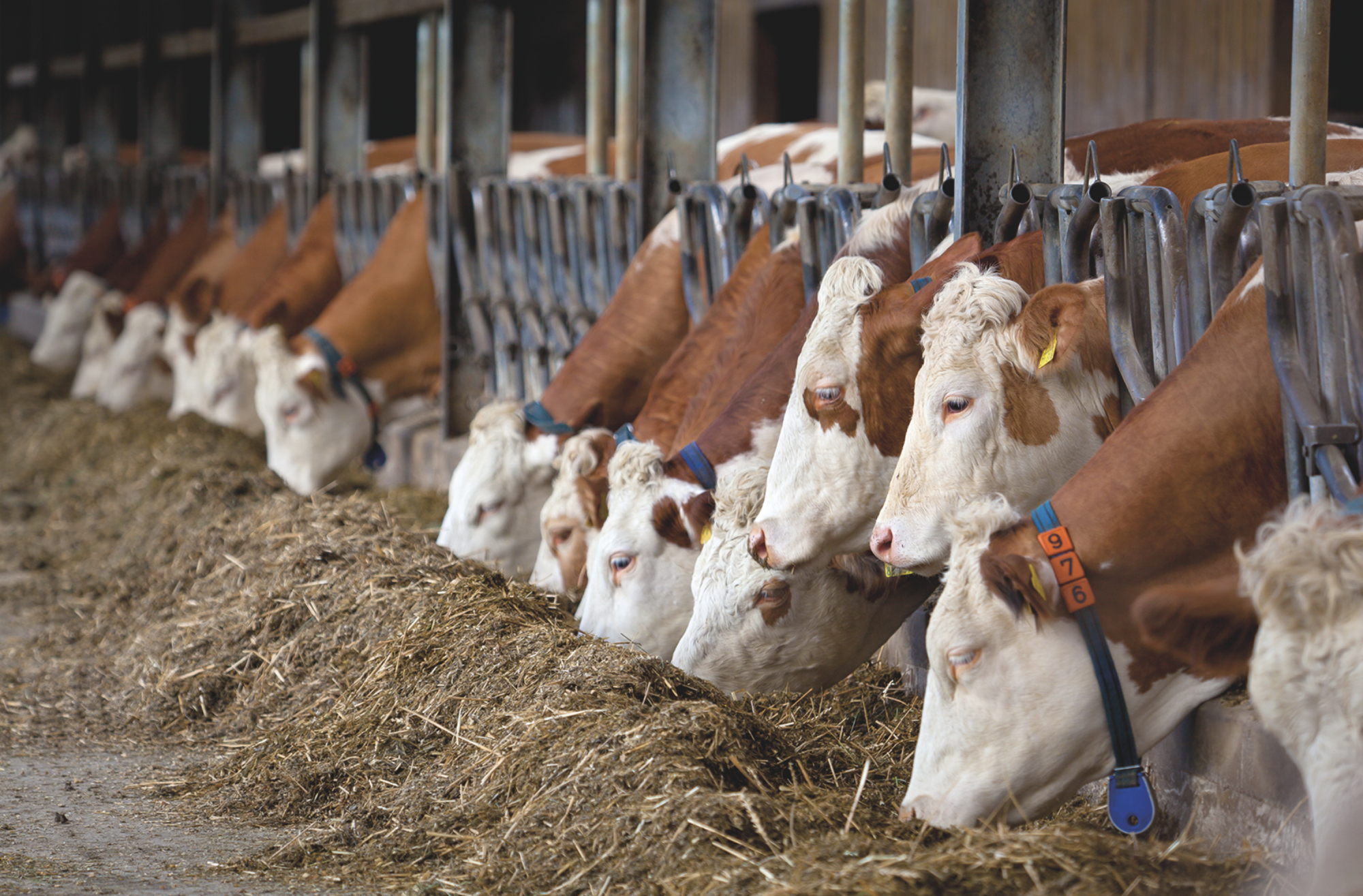How to achieve effective liver fluke control
12th October 2021
Norbrook Laboratories’ technical vet offers guidance on fluke risk factors for cattle this year, understanding the fluke life cycle and how to achieve effective and sustainable control.
The fluke life cycle
Understanding the fluke life cycle is key to controlling the parasite on farm. Adult liver fluke, Fasciola hepatica, live in the bile ducts of the liver in many animal species, including cattle, and can produce thousands of eggs per day. These pass down the bile ducts into the intestines and are then excreted in the faeces.
When the temperature is above 10oC, the eggs develop in the dung and a miracidium hatches. The miracidium only lives for a few hours but if it is able to swim through water and find a mud snail, it can penetrate the snail and infect it. Over weeks to several months later, depending on the environmental temperatures, the miracidium in the snail multiplies to produce huge numbers of cercariae which are released and swim onto grass. Here they form infective cysts called metacercariae.
When the grass is eaten the metacercariae are ingested, where they hatch and burrow through the intestine to get to the liver. They then burrow through the liver tissue, causing damage as they go, until they reach the bile ducts and become mature egg-laying adults. Eggs can be found in the faeces of cattle 10–12 weeks after infection with the metacercariae.
What are the risk factors?
The risk of liver fluke changes each year and can be unpredictable. Spring 2021 has seen a cooler start lead into a warm summer interspersed with very wet periods. This offers favourable environmental conditions for snail populations and therefore the subsequent risk of liver fluke this autumn and winter is expected to be high risk for significant parts of the UK, though it may fall slightly later than expected. More specific information is available from Nadis. Grazing sheep and bought in animals also pose a risk. Liver fluke will readily infect both cattle and sheep, so grazing sheep can contaminate pastures with metacercariae, which are also infectious to cattle. Co-grazing or alternate grazing between sheep and cattle cannot be used to control fluke populations in the way it can help worm burdens.
Should your farm be free of liver fluke, clean pastures supporting the mud snail can be instantly contaminated with liver fluke from purchased cattle or sheep. Purchased animals are also a serious risk for the introduction of triclabendazole resistant fluke onto a farm, so effective quarantine procedures need to be in place.
Even modest liver fluke burdens can result in significant economic impacts and reductions in expected cattle performance. From a recent Scottish study, abattoir data showed that ‘when compared with animals with no liver fluke burden, animals with 1–10 parasites take on average 31 days longer to reach slaughter weight, while animals with more than 10 F. hepatica flukes in their liver at slaughter take 77 days longer to finish.’
Now is the time to consider fluke control
With the effects of infection on growth rate and milk yield estimated to cost the UK cattle industry up to £40.4 million annually2, effective and sustainable parasite control within herds is essential. A multi-disciplined approach involving strategic flukicide product choice to reduce pasture contamination and drug resistance, alongside pasture management to restrict cattle access to snail habitats and quarantine of new stock with unknown infection status is recommended3.
It is vital to establish whether liver fluke are present on your farm. This can be achieved through regular post mortem examination of fallen stock or checking abattoir feedback. Blood testing of first grazed calves can be considered at or just before housing, whereas faecal samples detecting liver fluke secretions (coproantigen) or eggs can be done later in the housed period.
Norbrook Laboratories large animal veterinary advisor, Douglas Palmer (pictured), advises: “It is very important to work with your vet or registered animal medicines advisor (RAMA) to establish a suitable anthelmintic plan that fits the requirements of your farm. This needs to take into account when liver fluke may start to be a problem, keeping in mind this will be different each year. Using the correct product for the most likely stages of liver fluke present is vital to controlling this disease, as well as using lower risk pastures at high-risk times of the year.”
Now is the time to consider liver fluke control for animals that will be housed over the winter period. In conjunction with your RAMA or vet, you need to work out the fluke risk on the farm and what stages of fluke are likely to be present. This will determine when you need to treat and which products to use.
Triclabendazole resistance is a growing problem in the UK and careful consideration to ensure appropriate flukicide choices are made is crucial in delaying this. If you do not have triclabendazole resistance you do not want to buy it in. The Control of Worms Sustainably (COWS) effective quarantine measures for purchased cattle include keeping cattle inside, yarded or on snail-free pastures until treated with an appropriate flukicide and then ensuring no liver fluke eggs are present in the faeces six weeks after treatment.
Further information can be found at www.cattleparasites.org.uk

